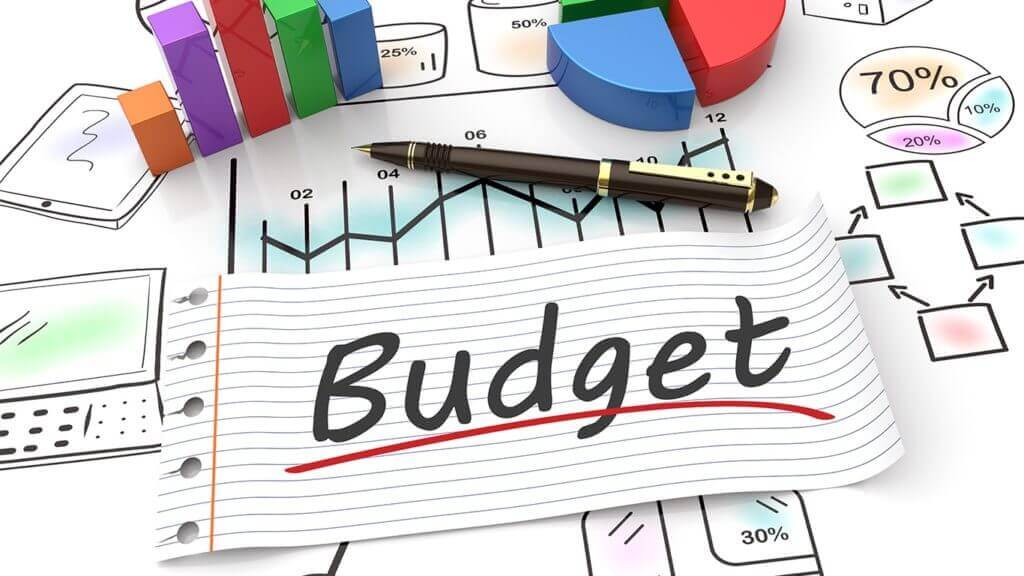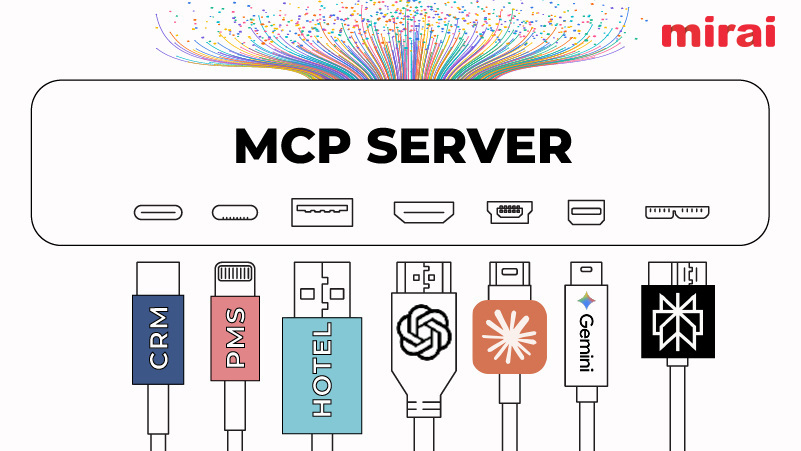
Traditional budgeting has long been the standard for financial control in the hotel industry, but these budgets become irrelevant far too quickly.
NB: This is an article from Demand Calendar
Subscribe to our weekly newsletter and stay up to date
Hotels find themselves attempting to navigate business decisions based on outdated projections, which limits their ability to adapt and react to real-time conditions. So why continue pouring resources into something that often becomes worthless so soon after it’s created?
While budgets may have been essential for management and ownership in the past, there are far more effective tools available today that provide flexibility, adaptability, and better financial outcomes. Let’s explore three alternatives – Rolling Forecasts, Beyond Budgeting, and Continuous Improvement – that allow hotels to stay agile, make smarter decisions, and drive better results in a constantly changing environment.
1. Rolling Forecasts: Adapting to Real-Time Changes
Revenue is the primary driver of hotel profitability, and getting the forecast right is critical to maximizing profits. Since market conditions can change rapidly and it is difficult to predict more than a few months ahead, accurate revenue forecasting is essential. Forecasts guide revenue expectations and are the foundation for effective resource planning, including labor scheduling, purchasing, and other operational decisions. A hotel that accurately forecasts its revenue can adjust its resource allocation accordingly, ensuring that labor costs, purchasing, and operational expenses are aligned with actual demand. This ability to adapt resource planning to revenue is what ultimately drives higher profits.
This is where rolling forecasts come into play.
What is a Rolling Forecast?
A rolling forecast is a dynamic financial planning tool that allows hotels to continuously update their 12-month estimates based on actual data and current market conditions. Unlike static budgets, which are set once a year and quickly become outdated, rolling forecasts are updated monthly, allowing hotels to react to changes. This flexibility makes rolling forecasts far more effective in adapting to unpredictable shifts in the market, guest demand, or competitive landscape.
Why Traditional Budgets Fall Short
The fundamental issue with traditional budgets is that they are based on assumptions made months in advance. While they can serve as a helpful starting point, fixed budgets often become irrelevant when the market takes unexpected turns. For example, a hotel might forecast strong performance in the first quarter, but sudden economic changes or shifts in demand could make those targets unattainable. In such cases, the budget no longer serves as a reliable guide for decision-making, leaving hotel managers scrambling to respond to current conditions.
The real problem lies in the mismatch between revenue and cost budgets. The result is lower profitability when the revenue budget falls short, but costs are still managed according to the original budget. If the hotel continues to spend on labor, purchasing, and operations as planned – without adjusting to the reduced revenue – the profit margins shrink significantly. However, if hotels use a rolling forecast to update revenue expectations continuously, they can adapt resource planning, such as labor scheduling and operational costs, to align with the revised forecast. This enables hotels to minimize the decrease in profits by proactively managing expenses in line with actual demand. By driving resource allocation based on real-time forecasts, hotels can better protect their profitability, even when revenue falls short of initial projections.




